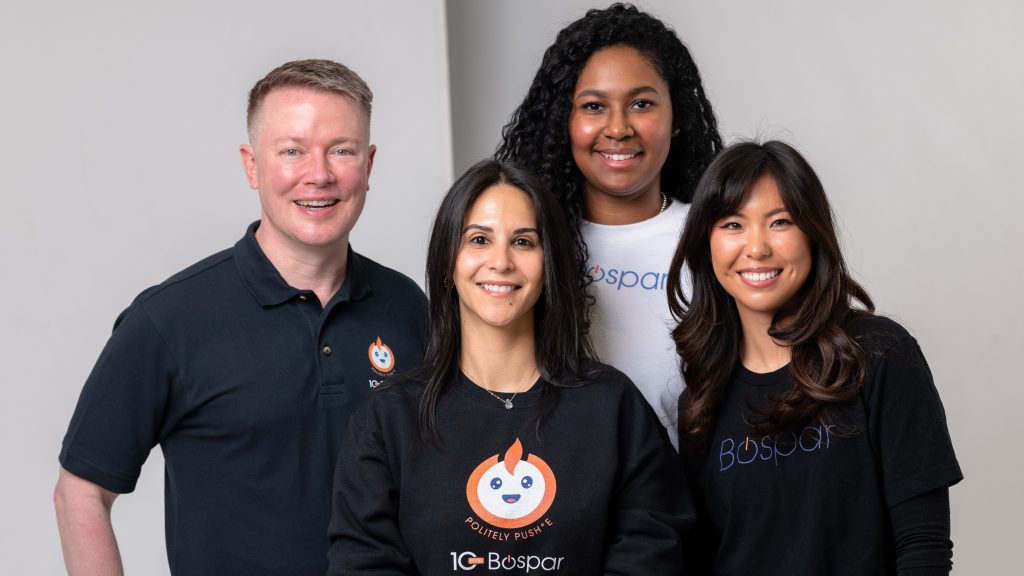If your head is spinning from the latest round of digital alphabet soup—SEO, AEO, GEO—you’re not alone. But these acronyms are incredibly important for your brand’s visibility in a post-search world.
That’s right. I said post-search. Because in case you missed it, two new strategies are fighting for the soul of your search visibility: AEO (Answer Engine Optimization) and GEO (Generative Engine Optimization). Both sound suspiciously made up. And they kind of are.
AEO
AEO refers to optimizing content for the kinds of direct answers you now see above traditional search results: Google’s AI Overviews or Bing’s answer boxes.
Think of AEO as SEO’s smarter, more concise cousin. Where SEO (Search Engine Optimization) fights for position #1 on the first page, AEO wants the box above the list. The one that says: “Here’s what you’re really looking for.”
How to AEO like a pro:
- Write content in a clear Q&A format
- Use schema markup (structured data for machines)
- Match user intent with uncanny precision
- Embrace bullet points like your life depends on it
In other words: be the answer, not just a result.
But don’t get too comfortable—because while you were learning how to out-snippet your competition, a new challenger entered the ring.
GEO
GEO is what happens when your content strategy realizes it’s not just fighting Google anymore. Now it’s fighting ChatGPT, Claude, Perplexity, Gemini and whatever Large Language Model (LLM) drops next week.
We’ve seen firsthand, through our internal AI audit, that showing up in generative AI responses requires a fundamentally different playbook for AI brand visibility.
Generative platforms differ from traditional search engines in that they do not display a list of ranked links or highlight a single answer box. Instead, they synthesize information from multiple sources to produce a cohesive, conversational response. These systems generate original text based on their training data and available context, often referencing or paraphrasing content without explicit citations, presenting information as if it were part of a broader, pre-completed analysis, regardless of whether a given source was directly involved.
So if AEO is about climbing the search ladder, GEO is about training the AI to say your name.
How to GEO like a pro:
- Publish authoritative content on reputable sites (not just your blog)
- Use natural, human language that LLMs actually understand
- Saturate the ecosystem with your brand and key topics across multiple sources
- Land third-party mentions from high-ranking media, analysts and thought leaders
GEO is the price of entry if you want AI to cite you instead of your better-optimized competitor.
AEO vs. GEO
Both AEO and GEO live in the same AI-forward universe. But the key distinction lies in where the answers are being served:
- AEO = AI-generated answers within search engines (Google AI Overviews, Bing Copilot, etc.)
- GEO = AI-generated responses outside of search engines (ChatGPT, Claude, Perplexity, DeepSeek, your future AI therapist)
AEO gets you the right now answer in search. GEO gets you the forever memory in AI.
Of course, this isn’t a hard-and-fast rule. The vocabulary is shifting fast. Some experts say all AI platforms are answer engines. Others split the field in two. There is no gold standard. Just a lot of passionate opinions and conflicting viewpoints.
So what should brands do?
If you’re a brand trying to stay visible in this AI-mangled media landscape, here’s your cheat sheet:
- SEO still matters—but it’s not enough
- AEO helps you win the zero-click battlefield on search engines
- GEO ensures you’re part of the AI’s radar on generative platforms
- PR suddenly has a starring role in visibility because LLMs love third-party mentions
And most importantly: don’t wait for the terminology to settle. By the time it does, your competitor’s name will be baked into every chatbot’s morning monologue.
Master both and you’re running the conversation. Otherwise, you’re just another brand yelling into the algorithmic void.




